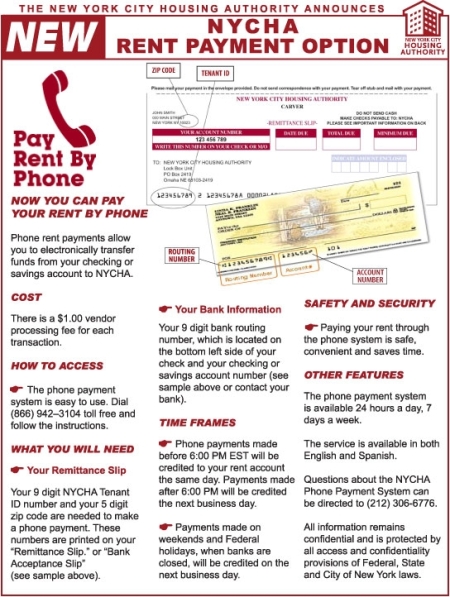“Smart carpets” that sense your every move. Talking pillboxes to remind you to take your medication. Robotic companion pets to stave of loneliness. The Jetsons are here.
Unlike Personal Emergency Response Systems or PERS that require the cooperation of older people, new technology based on sensors requires no cooperation from the older person. Most older people who have experienced the sensors don’t even know they are experiencing the sensors. Sensors eliminate the human elements such as forgetfulness, breaking old habits, and vanity, which sometimes get in the way.
Sensors track an older persons movements in bed, at the toilet, in the bathtub and learn patterns of behavior that are fed into a computer to extrapolate. If there is an aberration in patterns of movement or behavior a 911-type response is triggered.
This kind of technology will save money, improve quality of life for older people, and promote aging in place as opposed institutional care.
The Atlanta Journal Constitution reports:
“We’re talking about an important paradigm shift in how we think about aging,” said Majd Alwan, director of the Washington-based Center for Aging Services Technologies. Alwan led a panel discussion on smart-home technology at the Las Vegas event.
Delaying institutionalization by a year or more, is a significant financial savings, he added. “Let alone the benefits in quality of life for the senior and for the caregiver.”
It is easy to imagine this technology being standard in elder communities, NORCs, and senior residences in the not to distant future.


